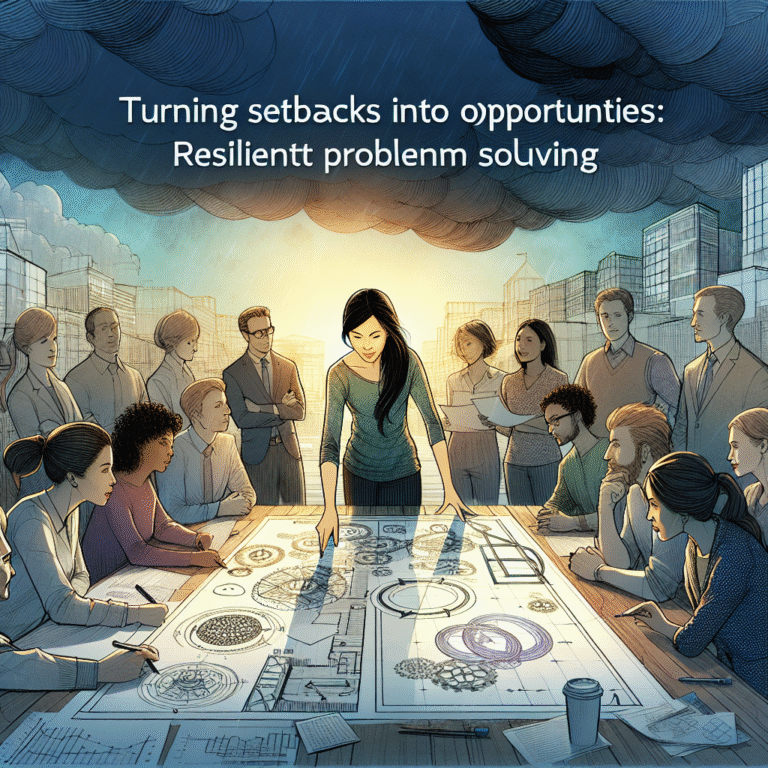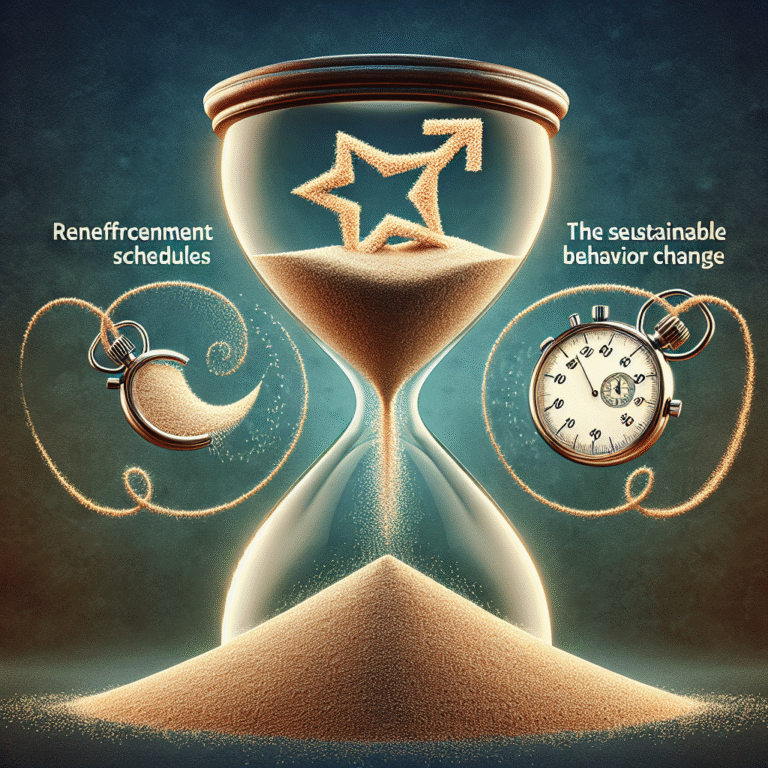
Introduction
In the fast-paced world of sports and gaming alike, a critical skill determines success: reaction time. Whether you’re a professional athlete darting toward the finish line or a gamer navigating virtual realities, the ability to respond rapidly to stimuli can set you apart from the competition. This article delves into the fascinating connection between gamers and athletes, exploring how reaction time shapes performance across disciplines. From Gamers to Athletes: How Reaction Time Shapes Performance Across Disciplines is more than just a catchy phrase; it reflects a profound truth about the skills that lead to victory, regardless of the arena.
Understanding Reaction Time
What is Reaction Time?
Reaction time is the interval between the presentation of a stimulus and an individual’s response to it. This measure is crucial across various activities, from 100-meter sprints to complex esports, where milliseconds can dictate outcomes.
The Science Behind Reaction Time
Human reaction time varies based on several factors, including neural processing speed, physical fitness, and mental focus. On average, a human’s reaction time is approximately 250 milliseconds. However, training and experience significantly enhance this natural ability.
Factors Influencing Reaction Time
- Age: Reaction time generally peaks in adolescence and begins to decline in later years.
- Fitness Level: Individuals engaged in regular physical activity often demonstrate quicker reaction times.
- Practice and Experience: Engaging in activities that require quick responses improves neural pathways, enhancing overall speed.
Gamers vs. Athletes: Similarities in Reaction Time
The Unique Skill Sets of Gamers
Gamers operate in environments characterized by high complexity and rapid changes. The ability to track multiple moving elements on the screen, predict opponents’ actions, and react instantly is akin to skills required by traditional athletes.
Case Study: Pro Gamers
Consider professional players in esports titles like Overwatch or League of Legends. According to a study by the University of Chichester, professional gamers had an average reaction time of 180 milliseconds, outperforming the general population. This edge often translates to game-winning plays and strategic advantages.
The Role of Simulation in Training
Both gamers and athletes utilize simulations to enhance their reaction times. In gaming, virtual reality (VR) systems immerse players in scenarios that demand rapid responses, similar to athletes who use drills to sharpen their skills.
Reaction Time in Different Sports
Track and Field
In track and field, specifically sprinting, reaction time plays a pivotal role. False starts can lead to disqualification, emphasizing the need for athletes to respond promptly to the starting gun.
- Example: Elite sprinters, like Usain Bolt, often record reaction times around 150 milliseconds, setting them up for successful launches off the blocks.
Team Sports
In team sports such as soccer and basketball, players must rapidly interpret their environment and make decisions. Their success hinges on not just physical prowess but also their cognitive processing speed.
- Case Study: A soccer player with a quick reaction time can intercept a pass or dodge an opponent, turning the tide of a match. In one study, players with a reaction time under 200 milliseconds were found to have significantly higher success rates in goal-scoring scenarios.
Combat Sports
In martial arts and boxing, reaction time is crucial in both offense and defense. Athletes must respond to opponents’ movements while executing their strategies.
- Example: Professional boxers routinely work on drills that improve their reaction times, demonstrating the integration of quick reflexes in successful punches and evasive maneuvers.
From Gaming to Athletics: Cross-Disciplinary Benefits
Cognitive and Physical Fitness Training
The convergence of physical and cognitive training has led to innovative practices that blend gaming and athletic training. By leveraging video games that emphasize speed and reaction, athletes can enhance their mental agility and coordination.
- Table: Training Modalities for Improved Reaction Time
| Training Type | Examples | Benefits |
|---|---|---|
| Physical Drills | Sprints, agility workouts | Increased muscle response |
| VR Gaming | Reaction-based games | Enhanced reflexes and decision-making |
| Dual-task training | Simultaneous tasks | Improved cognitive multitasking |
Peering into the Future: Esports Integration
As the lines between traditional sports and gaming blur, several professional organizations are starting to consider gamers as athletes. This shift recognizes the rigorous training that goes into developing superior reaction times in gamers, which could inform athletic training programs.
Analyzing Case Studies
Case Study 1: The Overwatch League
In 2019, research revealed that players in the Overwatch League showcased average reaction times that outpaced traditional athletes. The study concluded that tailored training regimens focusing on cognitive exercises yielded significant improvements in game performance.
Case Study 2: The NFL’s Cognitive Training Programs
The NFL has begun incorporating reaction time drills and cognitive exercises into player training. Athletes exposed to reaction-centric games observed an average improvement of 15% in their on-field performance metrics.
Case Study 3: The Rise of Gamified Sports Training
Gyms are increasingly adopting game-like scenarios to train athletes, combining cardio workouts with reactionary challenges that require fast physical responses. Systems like the “Fit Light Trainer” demonstrate how engaging with light signals can foster faster reaction times through competitive and enjoyable formats.
Enhancing Reaction Time
Techniques and Strategies
Practice Drills: Incorporating tasks that require fast responses can significantly improve reaction time. Drills that require the athlete to anticipate movements will put their cognitive skills to the test.
Cognitive Games: Use strategy-based or reflex-focused video games during off-days to maintain sharp cognitive functions.
- Mindfulness and Focus: Techniques like meditation and concentration exercises can improve mental clarity, leading to quicker decision-making in high-stress situations.
Nutrition and Sleep
What you feed your body and how well you rest plays a vital role in cognitive function. A balanced diet rich in antioxidants, omega-3 fatty acids, and hydration can enhance brain function.
Conclusion
The synergy between reaction time in gaming and athletics illuminates the capabilities of the human body and mind. From Gamers to Athletes: How Reaction Time Shapes Performance Across Disciplines highlights the unique parallels that can enhance our understanding of performance in any field. As we embrace the interwoven nature of physical prowess and mental acuity, both realms stand to benefit from shared knowledge and cross-disciplinary innovation.
Actionable Insights
- Athletes: Integrate cognitive training into your routine.
- Gamers: Use traditional sports drills to enhance physical responses.
- Coaches: Encourage collaboration across disciplines to maximize performance training.
FAQs
1. How can athletes improve their reaction times?
Engage in specific drills that focus on speed, cognitive exercises, and cross-training using video games that challenge reflexes.
2. Do gamers have an advantage in traditional sports?
Gamers often develop faster reaction times and improved mental agility, which can translate to faster adaptation in traditional sports settings.
3. What role does age play in reaction time?
Reaction times generally peak in youth and gradually decline with age, but training can improve response times at any age.
4. Are there specific foods that enhance reaction time?
Nutrients such as omega-3 fatty acids, antioxidants, and proper hydration can positively affect cognitive functions, leading to improved reaction times.
5. Can mindfulness practices enhance athletic performance?
Yes, mindfulness and concentration exercises can sharpen focus and clarity, leading to faster decision-making during high-pressure situations.
By understanding how reaction time shapes performance across disciplines, we can harness the collective potential of both gamers and athletes, paving the way for a future where rigors of training transcend traditional boundaries.














